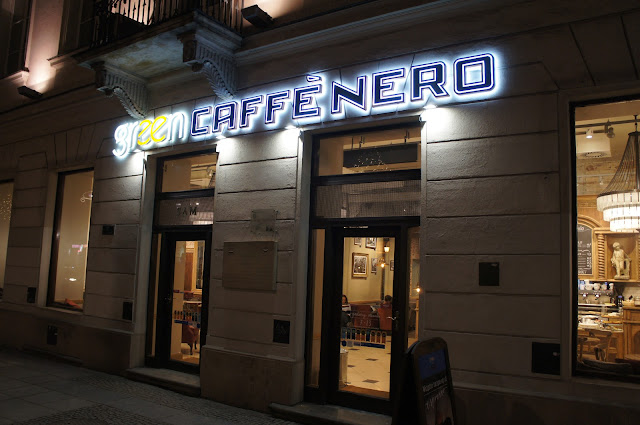JACOB JR, MY JEWISH WORLD. KAISERBURG NUREMBERG/GERMANY
The Kaiserburg (Imperial Castle) is the city's landmark and place of origin. Passing through the Vestner Gate from the north or up the street way its "Heaven's Gate" from the city side, we proceed first to the highest point within the precincts, the inner courtyard. Here, we find ourselves in the center of the most heavily fortified part of the building, the Kaiserburg.
 This is where the Emperor Heinrich III built the first fortress on the center section of these preciptous crags before 1050 in order to secure crown lands. Since the medieval Holy Roman Empire had no capital, the rulers and their entourage traveled form oone palatinate to the next and held their Imperial Diets nas trials. A castellan was appointed in Nüremberg to conduct the emperor's business and safeguard his interests. These offcials are first mentioned in 1107, when the brothers Konrad and Göttfried von Raabs (Lower Austria) are named as witnesses in an imperial document with the surname "von Nüremberg." From 1191 on, following the extinction of the Raab family, Friedrich von Zollern became Burgrave by marriage with a residence in what is today called the Burgrave's Castle.
This is where the Emperor Heinrich III built the first fortress on the center section of these preciptous crags before 1050 in order to secure crown lands. Since the medieval Holy Roman Empire had no capital, the rulers and their entourage traveled form oone palatinate to the next and held their Imperial Diets nas trials. A castellan was appointed in Nüremberg to conduct the emperor's business and safeguard his interests. These offcials are first mentioned in 1107, when the brothers Konrad and Göttfried von Raabs (Lower Austria) are named as witnesses in an imperial document with the surname "von Nüremberg." From 1191 on, following the extinction of the Raab family, Friedrich von Zollern became Burgrave by marriage with a residence in what is today called the Burgrave's Castle.  Just how important Nüremberg was at this time is indicated by the fact that every German emperor between 1050 and 1571 visited here, Emperor Karl IV as many 52 times. Altogether there were more than 300 visits of German rulers in Nüremberg as well as numerous splendid Imperial Diets and assemblies at court. The imperial decree "Golden Bull" issued in 1356 provided for every newly elected German king to hold his first Imperial Diet at Nüremberg.
Just how important Nüremberg was at this time is indicated by the fact that every German emperor between 1050 and 1571 visited here, Emperor Karl IV as many 52 times. Altogether there were more than 300 visits of German rulers in Nüremberg as well as numerous splendid Imperial Diets and assemblies at court. The imperial decree "Golden Bull" issued in 1356 provided for every newly elected German king to hold his first Imperial Diet at Nüremberg.  Since 1313, the citizens of Nüremberg had the obligation to upkeep the castle but also the prerogative of maintaining their own castle garriso there during the absence of the emperor.
Since 1313, the citizens of Nüremberg had the obligation to upkeep the castle but also the prerogative of maintaining their own castle garriso there during the absence of the emperor. The inner coutyard ends with the elongated building of the Palas to the south, which was completely rebuilt in the 15th century and extended by an annex onn the western side, thus gaining the appearance it has today. In addition to the two large halls in the main building, two residential rooms for the emperor were thus obtained. The last building to the west of the courtyard was the 'Kemenate' (Ladies Quarters), to the north the courtyard ends at the difensive wall and to the east there is the castellan's building.
The inner coutyard ends with the elongated building of the Palas to the south, which was completely rebuilt in the 15th century and extended by an annex onn the western side, thus gaining the appearance it has today. In addition to the two large halls in the main building, two residential rooms for the emperor were thus obtained. The last building to the west of the courtyard was the 'Kemenate' (Ladies Quarters), to the north the courtyard ends at the difensive wall and to the east there is the castellan's building. The Kemenate was destrooyed in the bomb hail during World War II and later reconstructed. Today, it houses the Kaiserburg Museum (Imperial Castle Museum) as dependency of the German National Museum. It shows the architectural history and significance of the Imperial Palace as well as military and arms technology from the Middle Ages to the 19th century.
The Kemenate was destrooyed in the bomb hail during World War II and later reconstructed. Today, it houses the Kaiserburg Museum (Imperial Castle Museum) as dependency of the German National Museum. It shows the architectural history and significance of the Imperial Palace as well as military and arms technology from the Middle Ages to the 19th century.
Shalom! Aleichem.
Suporte cultural: Jacob Jr. B.A.C.E., avec L'Integration d'Association avec Israel et dans le Monde/Cz.









Comments
Post a Comment